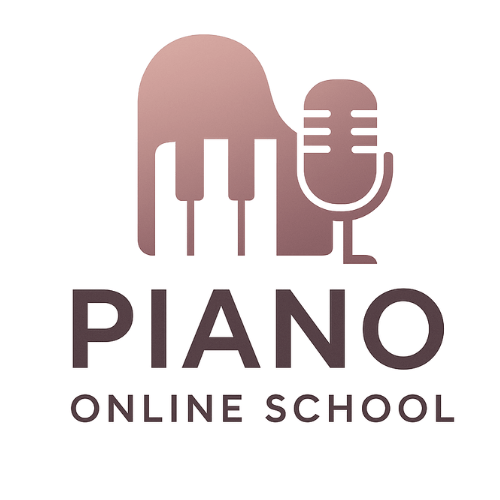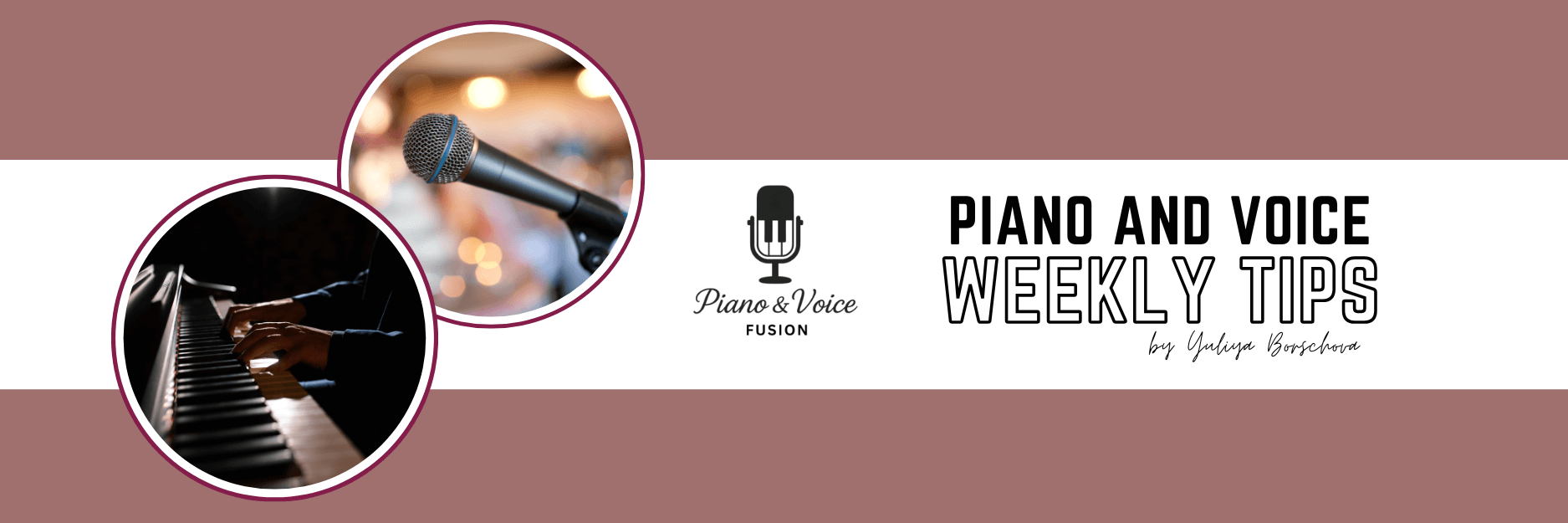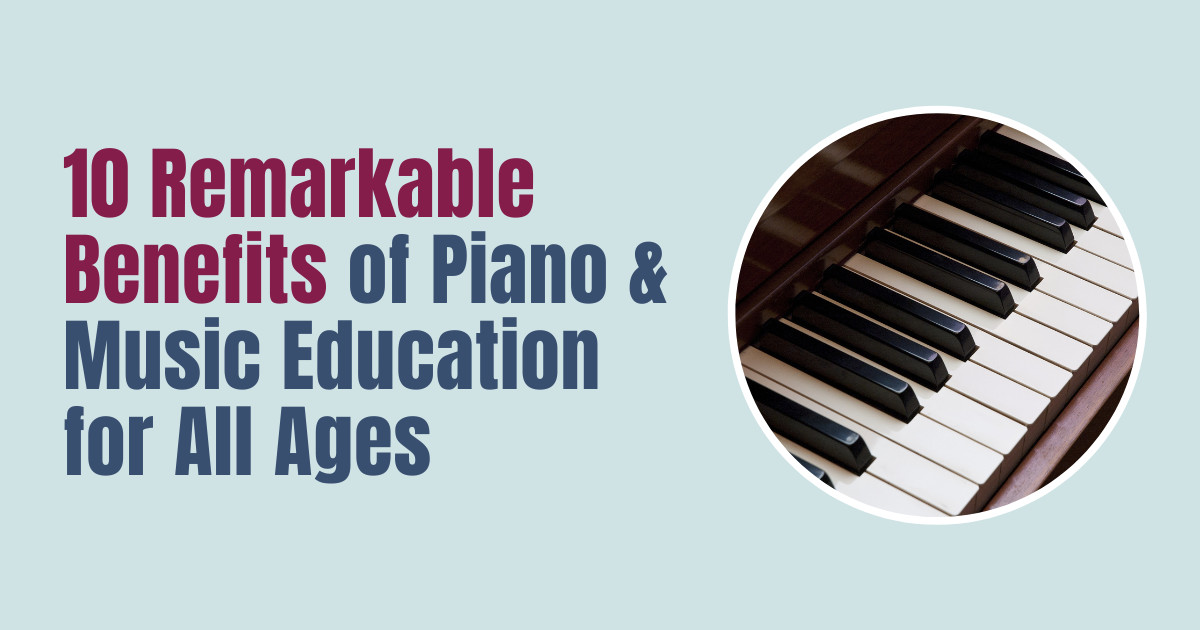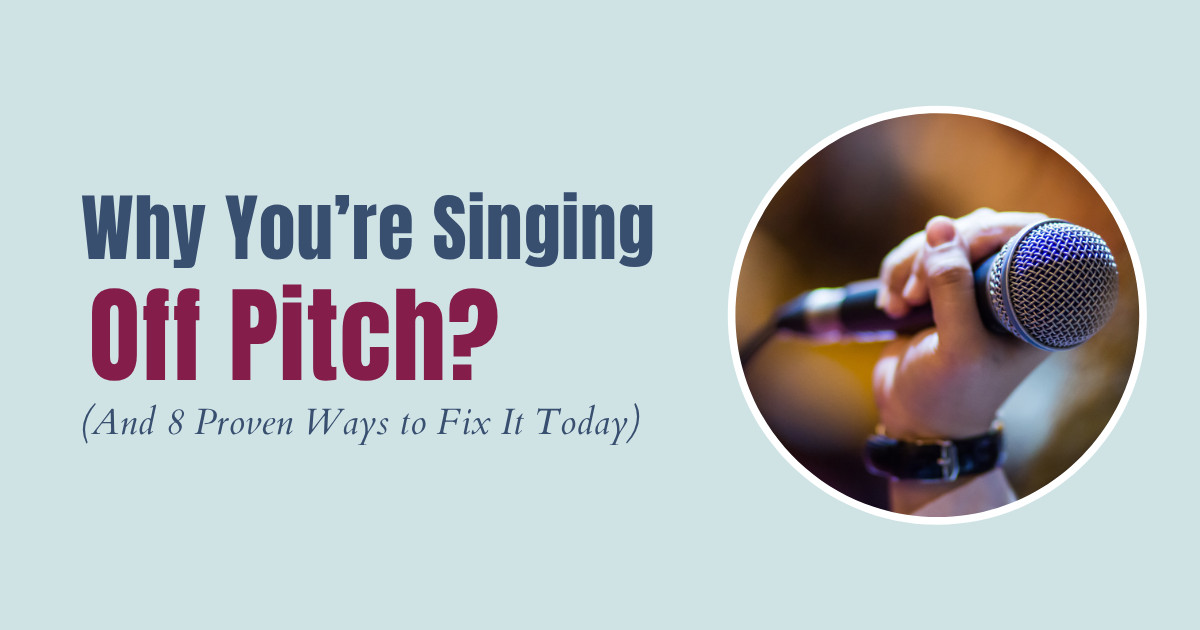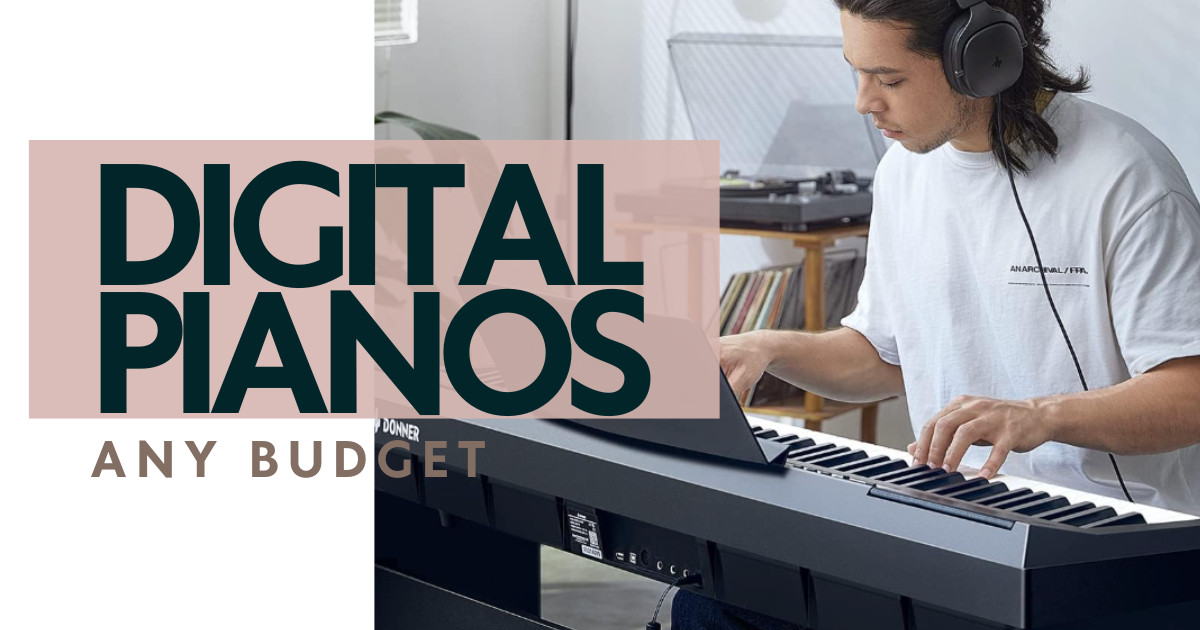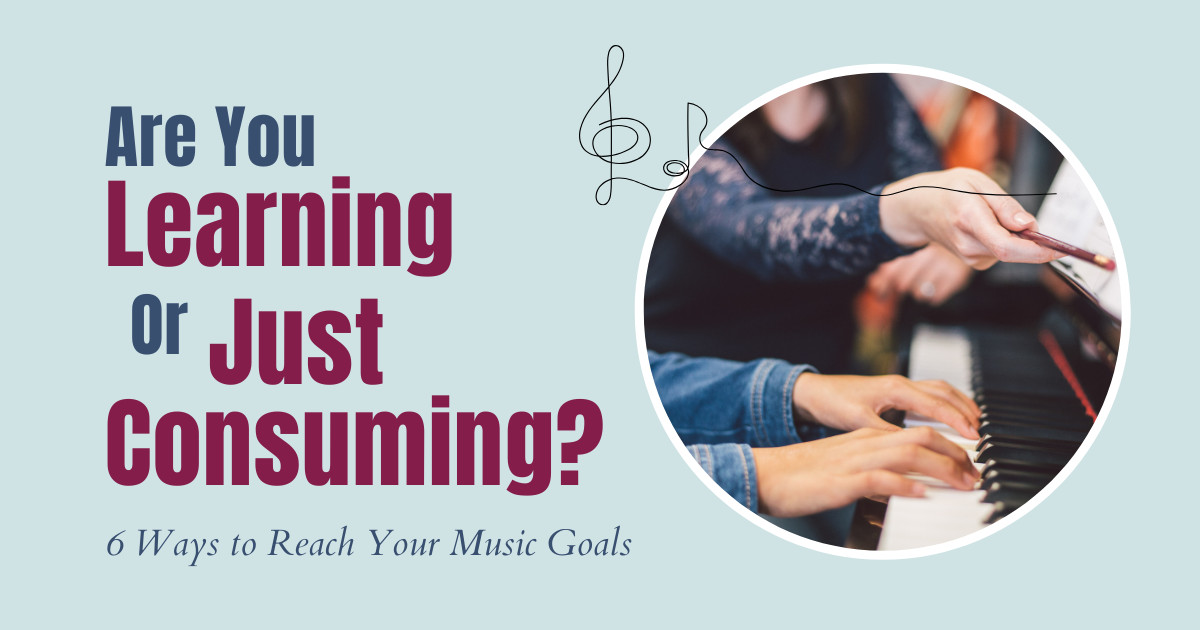
Are You Learning or Just Consuming? Discover the 6 Music Learning Methods That Actually Move the Needle
Let's face it—how many "Learn Piano in 30 Days" programs have you purchased, only for them to collect digital dust? You're not alone. In today's world, where information is abundant, genuine learning requires more than just access—especially when it comes to mastering music skills like playing the piano or singing.
If you're feeling stuck or frustrated trying to teach yourself, you're in the right place. Let's delve into the six most common music learning methods today, exploring their benefits, drawbacks, and which ones might truly help you grow.
Free YouTube Tutorials: A treasure trove of free content with endless possibilities. However, the lack of structure and feedback can make progress feel like navigating a musical jungle without a map.
Method Books: Budget-friendly and structured, but they lack interaction and real-time feedback. They're more companion than teacher, best paired with hands-on approaches.
Online Courses: These offer structured lessons and proven methods, but without accountability, many end up unfinished. Consistency is key.
Membership Programs: Ongoing learning with community support can be powerful, but require alignment with your learning style and goals.
🏫 Private Lessons: Personalized feedback and accountability from a teacher offer serious growth, though they come with a higher cost and schedule constraints.
🌟 Mentorship or High-Level Coaching: Offers deep transformation and rapid growth, but demands a significant financial and time investment. Only invest if it truly aligns with your goals and budget.
🎯 What Should You Do?
Based on my experience as a student and coach:
- Start with free content or a book if you're curious but unsure.
- Buy a structured course if you need guidance.
- Try membership or weekly lessons for connection and motivation.
- Opt for coaching or mentorship if you're ready for transformation.
In my Piano Fusion Program, we match entry points with your journey—free resources, affordable memberships, and personalized coaching—to ensure music education is both accessible and effective. You deserve a tailored approach that fits your life, not a one-size-fits-all solution.
Read more...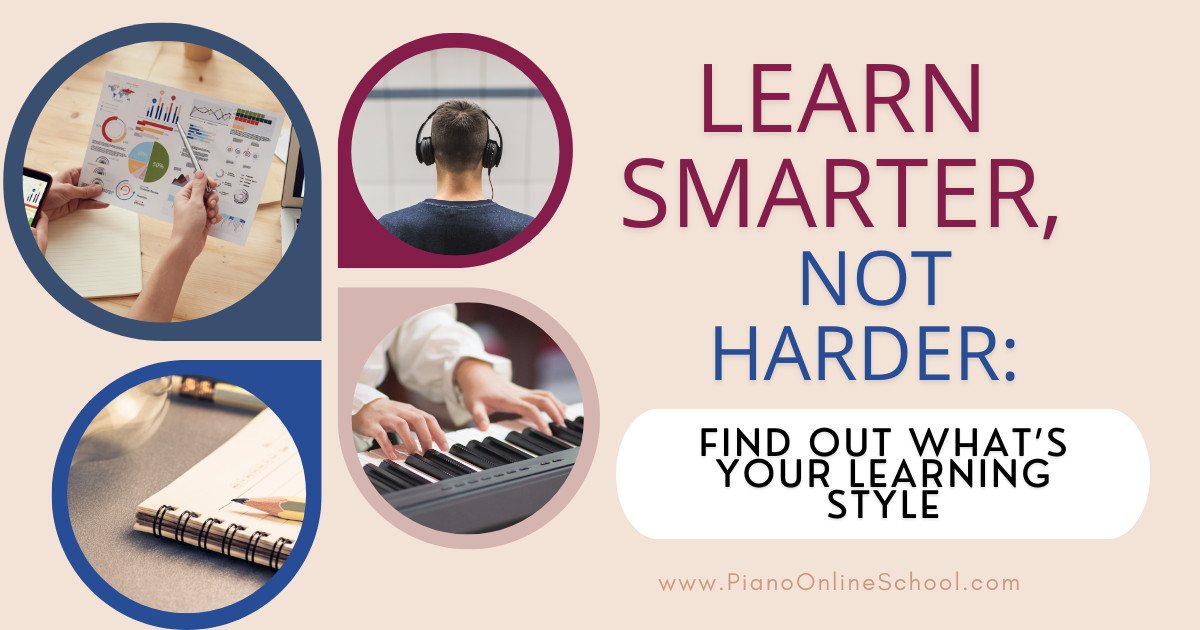
Understanding how we learn can significantly influence our ability to absorb, process, and retain information. The concept of learning styles—visual, auditory, reading/writing, and kinesthetic—provides valuable insights into how individuals can optimize their learning experiences. Recognizing these styles can transform struggles into significant achievements, as evidenced by a group of musicians who enhanced their learning and performance by identifying their unique learning preferences.
Visual learners, for example, thrive with visual aids such as charts and graphs, which can help them to internalize complex concepts like musical structures more effectively. Auditory learners excel through listening, leveraging discussions and audio resources to ignite their understanding. Meanwhile, those who favor reading and writing find power in words, enhancing retention through note-taking and extensive reading, while kinesthetic learners engage deeply with subjects through hands-on experiences that turn abstract concepts into tangible knowledge.
Discovering your learning style can unlock new potential in your educational pursuits. By tailoring your learning methods to fit your personal style, you enrich both the efficiency and enjoyment of the process.
Read more...